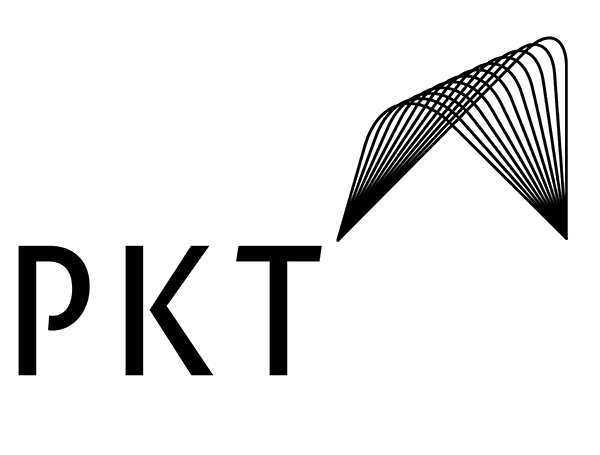
How to Plan and Execute a Successful Executive Retreat
The purpose of a corporate retreat is to provide a forum for senior executives and other employees to come together to share ideas, and to build better working relationships. The retreat should be planned and executed in a manner that will ensure its success.
The first step is to establish the retreat’s objectives. What should the participants achieve during the retreat? What topics will be covered? What is the desired outcome? Once the objectives have been established, the planning can begin in earnest.
The retreat should be scheduled for a time when most of the participants will be able to attend. The location should be chosen with care, and should be conducive to productive teamwork. The agenda must be carefully crafted, and should be tailored to the objectives of the retreat.
The participants should be briefed on the agenda in advance, so that they can come prepared to contribute to the discussions. The tone of the retreat should be informal, and the atmosphere should be relaxed. However, the discussions must be meaningful and productive.
The retreat should come to a well-defined conclusion, with specific action items assigned to specific individuals. The participants should be held accountable for completing these action items.
A corporate retreat can be a valuable tool for enhancing communication and collaboration within an organization.
Work distractions
Most people have a lot on their minds, and work can be very demanding. It’s important to take time out for yourself, and to focus on your own needs. This is especially important if you’re feeling overwhelmed or stressed out. Retreats offer a unique opportunity to get away from it all, and to focus on your own well-being. However, planning and executing a successful retreat can be tricky. Here are a few tips to help you get started.
Start by deciding what you want to get out of the retreat. Do you want to relax and destress? Do you want to focus on your health and wellness? Do you want to learn a new skill or explore a new hobby? Once you know what you want to achieve, you can start planning your retreat.
Next, choose a location that fits your needs. If you want to relax and destress, consider a quiet, scenic location. If you want to focus on your health and wellness, consider a location with a fitness center or spa. If you want to learn and develop a new skills , consider a course director as part of the agenda.
Once you’ve chosen a location, start planning your activities. If you want to relax and destress, consider including relaxation exercises or spa treatments in your retreat. If you want to focus on your health and wellness, consider including fitness classes or healthy meals in your retreat. If you want to learn a new skill or explore a new hobby, consider including workshops or guided tours in your retreat.
Education
Retreats offer a unique opportunity for educators to come together, away from the everyday distractions of the classroom, to focus on important professional development goals. Whether you’re looking to learn new teaching strategies, connect with your colleagues, or brainstorm ways to improve your school, a well-planned retreat can be an immensely productive experience.
The following tips can help you make the most of your next educator retreat:
1. Establish clear goals for the retreat. What do you hope to achieve?
2. Choose a location that is conducive to learning and reflection.
3. Select a facilitator who is knowledgeable about retreats and can help guide the group in achieving their goals.
4. Schedule plenty of time for networking and collaborative problem-solving.
5. create an agenda that incorporates a variety of activities, including plenaries, small-group discussions, and networking opportunities.
6. Encourage participants to come prepared with questions and ideas.
7. Make sure to set aside time for personal reflection and relaxation.
8. Follow up after the retreat with participants to ensure that they have had a chance to implement what they learned.
Organising a successful educator retreat can seem like a daunting task, but with careful planning and careful attention to the goals and needs of the participants, it can be a transformative experience for everyone involved.
Strategic Planning
Most successful businesses have a clearly defined strategy, and the ability to execute that strategy through well-planned and well-executed retreats. But what goes into a successful retreat? What’s the right approach?
The first step is to make sure that the retreat is aligned with the company’s overall strategy. Once that’s done, the focus should be on developing an agenda that will help the company achieve its goals. The agenda should be designed to help participants learn, share ideas, and build relationships.
The next step is to choose the right location and the right time. The location should be chosen based on the objectives of the retreat. For example, if the goal is to focus on strategic planning, a location that is conducive to quiet reflection and thought would be appropriate. The time of year should also be taken into consideration. For example, if the goal is to focus on team-building, scheduling the retreat for a time when the team is all available would be ideal.
Once the agenda and location are determined, it’s time to focus on the logistics. This includes everything from booking the right space to arranging transportation and meals. The last thing anyone wants is for logistical issues to distract from the retreat’s objectives.
With the right approach, a well-planned and well-executed retreat can help businesses reach their goals and strengthen relationships within the organization.
Talk to us about planning your next Board and Executive Education Retreat
Lean Develop and Progress with PKT Company Retreat




